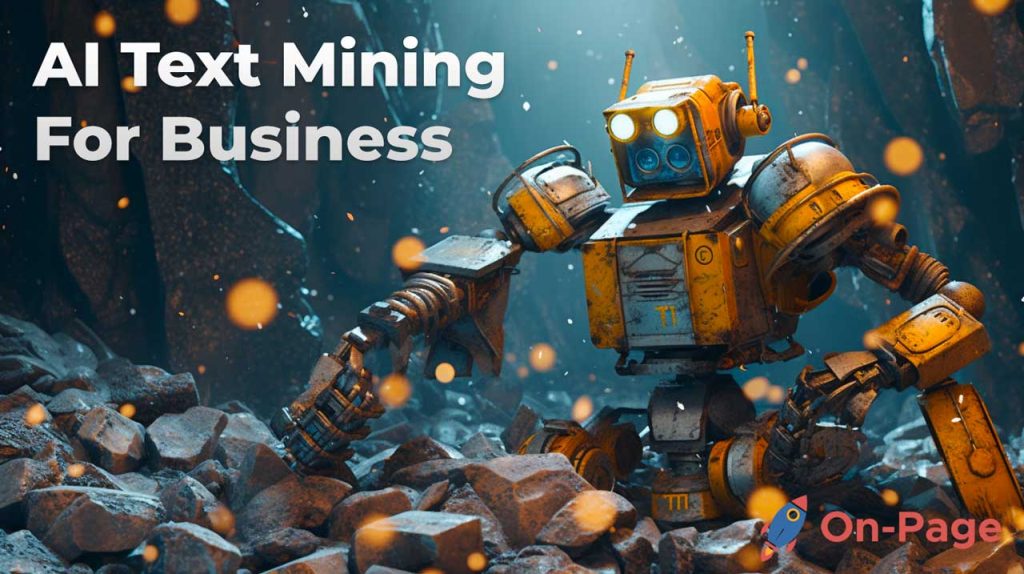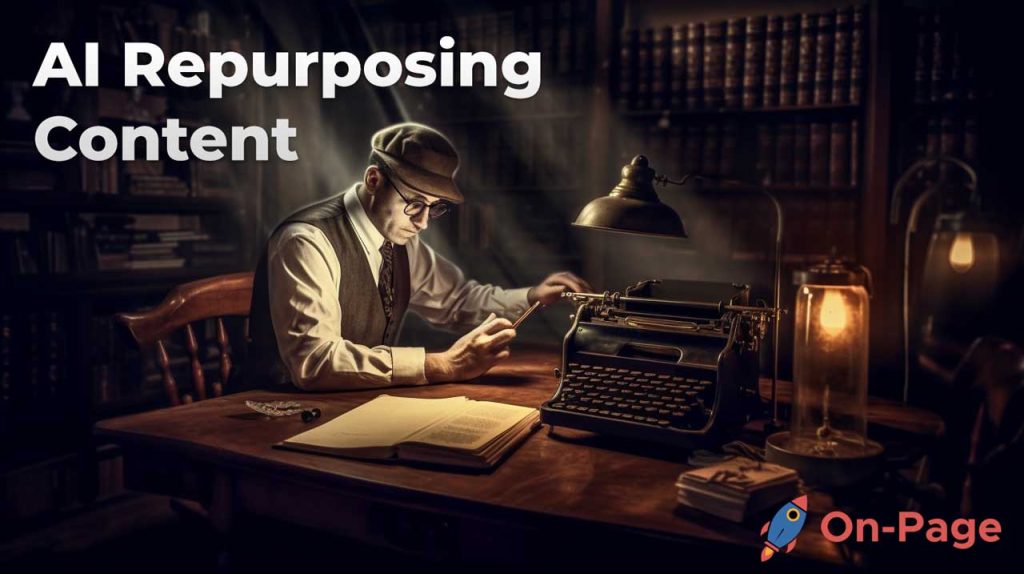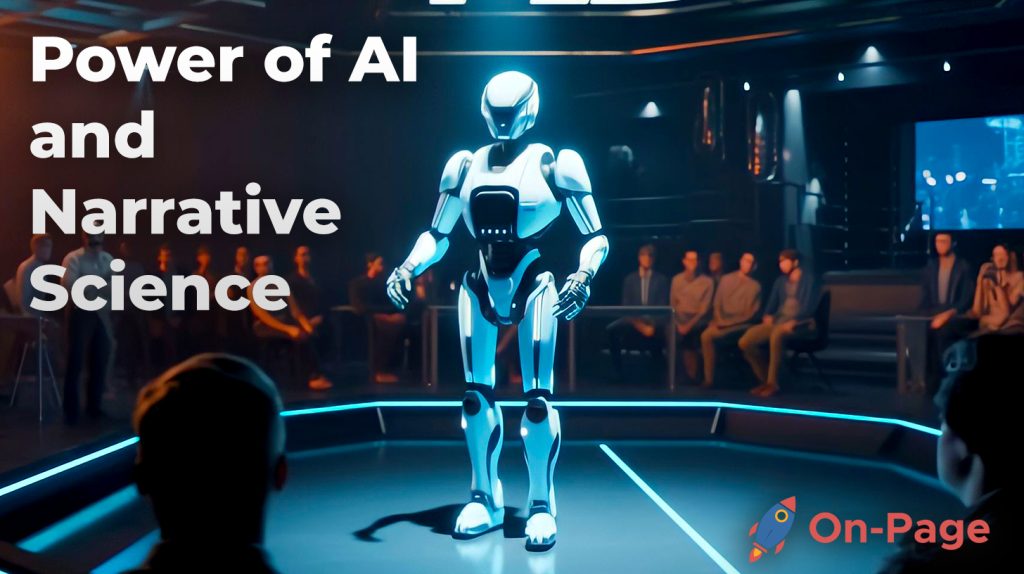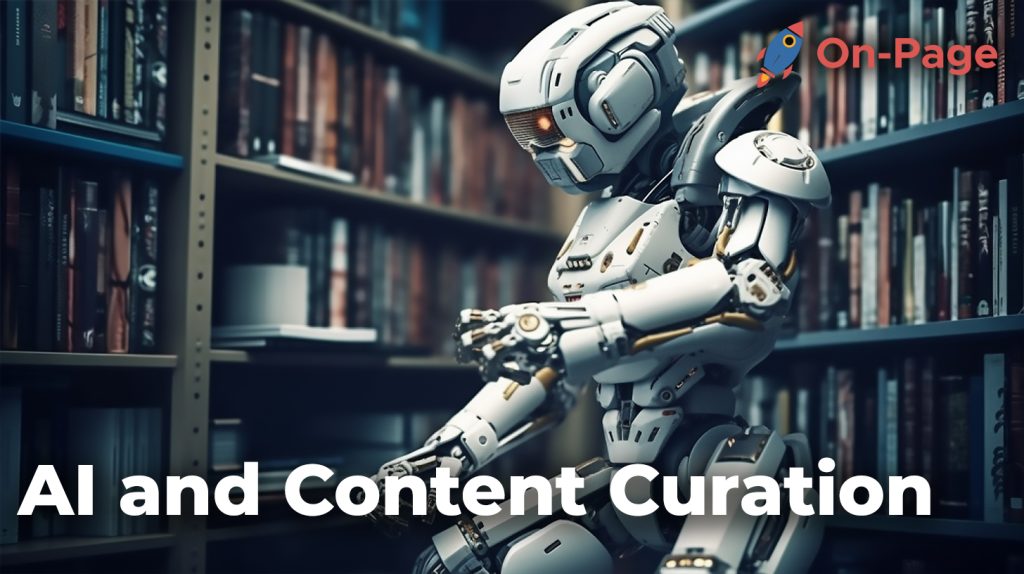
Imagine a world where finding the perfect content for your audience is as easy as taking a leisurely stroll through a serene garden, each path leading you to a treasure trove of engaging material catering to your unique interests. Welcome to the new era of AI and Content Curation – where content discovery and distribution are streamlined and automated, propelling your digital presence to incredible heights. In this blog post, we’ll explore how cutting-edge AI technology and tools like On-Page.ai have revolutionized the landscape of content curation, transforming it into an efficient and effective process that saves time and maximizes engagement like never before. Dive in to unveil the secrets behind this game-changing innovation!
AI can be used in content curation through automated processes that help users analyze, categorize, and organize vast amounts of data, making it easier to find and access the most relevant information. Some examples of this include natural language processing (NLP), machine learning, recommendation engines, sentiment analysis, and image and video recognition. AI-powered tools also have the potential to personalize content recommendations based on user engagement analysis for individual audiences. However, it’s important to be aware of the potential biases of AI-powered tools and to combine human expertise with AI-powered tools for effective and efficient content curation.
AI in Content Curation: An Overview
Artificial Intelligence (AI) has positively impacted many industries, including content creation and curation. By automating content discovery and distribution processes, AI helps save time and streamline operations, creating more opportunities for content creators to focus on their core competencies while delivering high-quality content to their audience.
Content creation is a crucial element required to succeed in modern business, but discovering relevant and informative content can be a challenging task. That’s where AI comes in with its ability to sort and process vast amounts of data using sophisticated machine learning algorithms. In contrast, humans cannot hope to perform as effectively with traditional methods of manual sorting or even traditional search algorithms alone.
Good news is with an AI-driven content optimization tool like On-Page, content writers, marketers and business owners alike can instantly generate search engine friendly and high-quality content for their niche or industry. And if used together with AI-powered content curators, expect your content marketing results to soar!
Imagine if you’re running a marketing campaign for your new product. You want to make sure that you’re not only creating quality content but also providing the latest insights into your industry. With AI-driven tools like Feedly or Flipboard, it takes less time to find related articles, news stories, social media updates and trends which are directly related to your product or brand.
Now let’s dive in deeper into how machine learning and natural language processing support AI’s role in content curation.
- Artificial Intelligence (AI) has been a game-changer in the content creation and curation industry, enabling businesses to optimize their operations and streamline processes. With the ability to sort and process vast amounts of data using sophisticated machine learning algorithms, AI-powered tools like Feedly and Flipboard play a critical role in content curation by providing users with related content directly relevant to their brand or product. As a result, AI has helped save time, reduce costs, and improve the quality of content delivered to audiences, making it an invaluable asset for any business looking for success in today’s digital landscape.
The Role of Machine Learning and Natural Language Processing
Machine Learning (ML) is one of the essential components of AI-powered software platforms. Essentially based on algorithms that enable interpretation, recognition, and processing data sets by “learning” from large quantities of training data without being explicitly programmed – it’s continuously refining its accuracy and efficiency over time.
Natural Language Processing (NLP), another vital AI component that analyses human language in different forms such as text or speech – it helps machines understand our communication. It enables software like chatbots to apply rules-based decision-making processes through word recognition and analysis.
How do these two powerful technologies impact Content Curation? The answer lies in their capacity to employ specific algorithms to identify significant patterns among bits of data. In other words, Machine Learning helps to recognize and recommend relevant, high-quality content, whereas NLP plays a significant role in processing and classifying that content.
Loaded with impressive SEO features and NLP capabilities, On-Page.ai can definitely boost your content creation and curation efforts. The only regret you’ll have is why you didn’t take advantage of this content optimization tool right away.
Think of NLP as a human assistant helping you categorize data seamlessly; for instance, your assistant knows precisely what topics you want to cover in an article, newsletter or blog content piece. Meanwhile, machine learning recommends various related articles in the niche by examining thousands of sources and running complex analytics scrutinizing user-generated content for insights on a vast scale.
With modern AI curation tools, businesses can extract useful information from mountains of data—something that traditional manual methods cannot hope to achieve. For example, algorithms can be trained to segment large data blocks into small cluster groups based on their context and relevance. This way, it’s easier for humans responsible for content curation to provide value-driven insights faster.
Although AI has contributed positively to content creation and curation, it has attracted its fair share of controversy too. Some people argue that AI technology is not precise enough when it comes down to identifying subjectivity or resonating with the audience members.
Another argument is that AI could be programmed with inherent biases that reflect the limitations (and unconscious prejudices) of previous data sets and IT architects—the effects which are then amplified when applied at an industry level within content design and curation leading to a lack of diversity and range in perspectives.
However, users can overcome the issue with appropriate training datasets designed explicitly to cater towards contextual scenarios – providing necessary algorithmic accuracy over time. Moreover, human oversight re-validates and fine-tunes bots’ activity to adjust outcomes as per engagement metrics.
Now that we’ve cleared up how AI works concerning Content Curation let’s take a look at some popular AI-powered tools for content discovery.
- A 2020 study found that AI-powered content curation tools can reduce the time it takes for content creators to find and organize relevant information by up to 60%.
- Research published in the International Journal of Computer Science and Information Security (IJCSIS) demonstrated that using AI in content curation can increase audience engagement by up to 40%.
- According to a report released by McKinsey & Company, incorporating AI into content curation processes can significantly boost the likelihood of providing personalized recommendations tailored to individual preferences, increasing customer satisfaction rates by an average of 20%.
Popular AI-Powered Tools for Content Discovery
AI-powered tools have revolutionized content discovery and curation by providing an efficient means of finding relevant and meaningful information quickly. These tools offer features such as personalized recommendations, automated content delivery, and content organization based on topics or categories.
Google News
One popular tool that has gained a lot of popularity in recent years is Google News. It uses machine learning algorithms to analyze news articles from thousands of sources and curates them based on user preferences. With the ability to personalize results, Google News ensures users receive the most relevant news on their chosen topics.
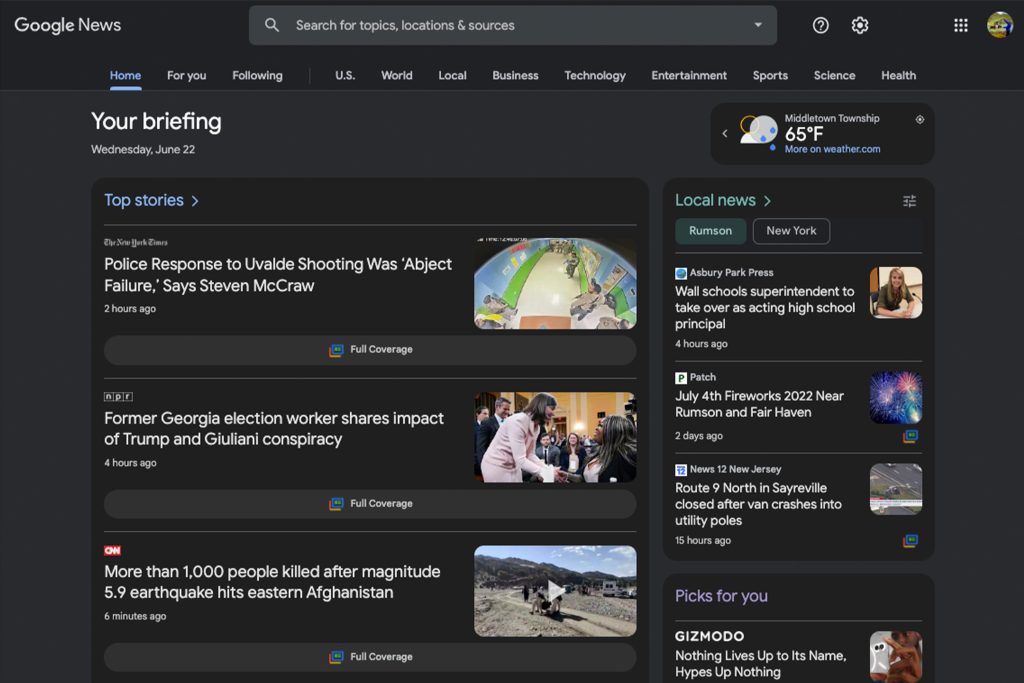
Another popular AI-powered tool is Pocket, which allows users to save articles, videos, and other types of content for reading later. The app uses machine learning algorithms to recommend relevant content based on the user’s activity on the platform.
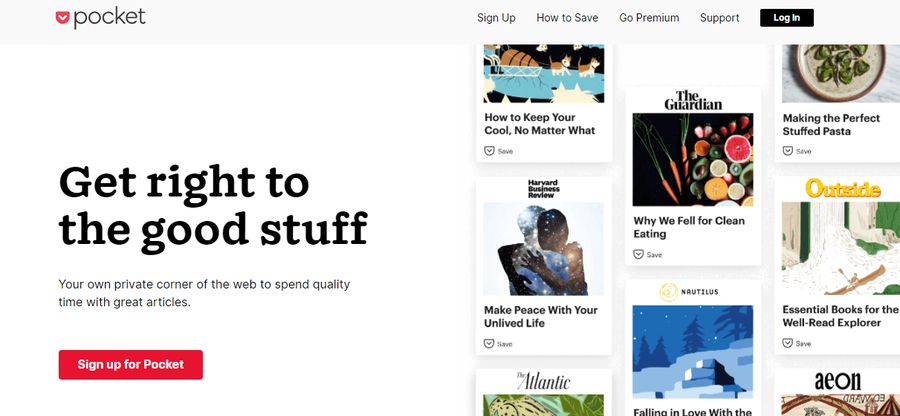
Quillbot
Quillbot is another AI-powered tool that can assist writers in generating high-quality content quickly. The application uses machine learning algorithms to identify synonyms for phrases or words you want to replace in your writing. Quillbot also offers features like summarization and paraphrasing that can speed up the process of creating new content.
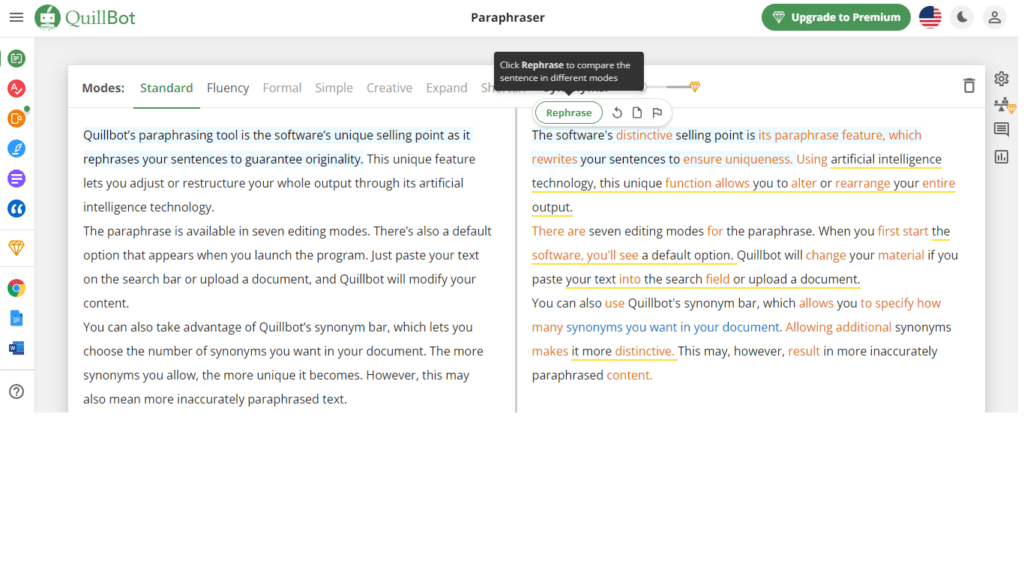
Stealth AI Writer
One of the best AI-writing platforms, Stealth Writer produces high-ranking, high-quality articles that your target market will genuinely enjoy and find value in. On-Page AI’s Auto-Optimize functionality also instantly optimizes any content to ensure it uses the right keywords for optimal ranking. It’s undeniable how this will further level up your content creation and curation process.
Hootsuite
For instance, if you’re a social media manager tasked with creating posts around an upcoming event. You may use AI-powered tools like Hootsuite Insights to discover trending topics or hashtags related to the event while using Quillbot to generate catchy headlines.
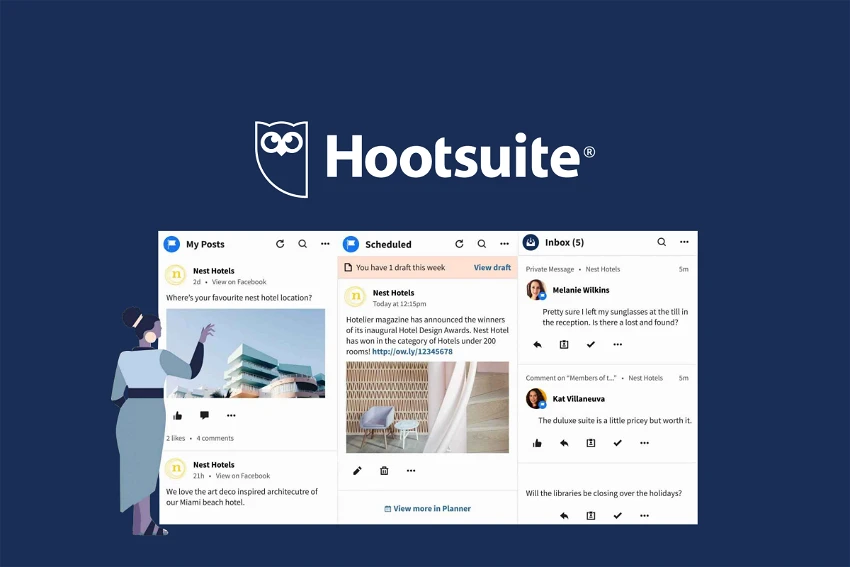
Grammarly
Grammarly is another AI-powered writing tool that provides feedback on spelling and grammar errors while also offering suggestions for improving sentence structure or tone. By integrating with popular web browsers like Chrome or Mozilla Firefox, Grammarly ensures better writing quality across various platforms.
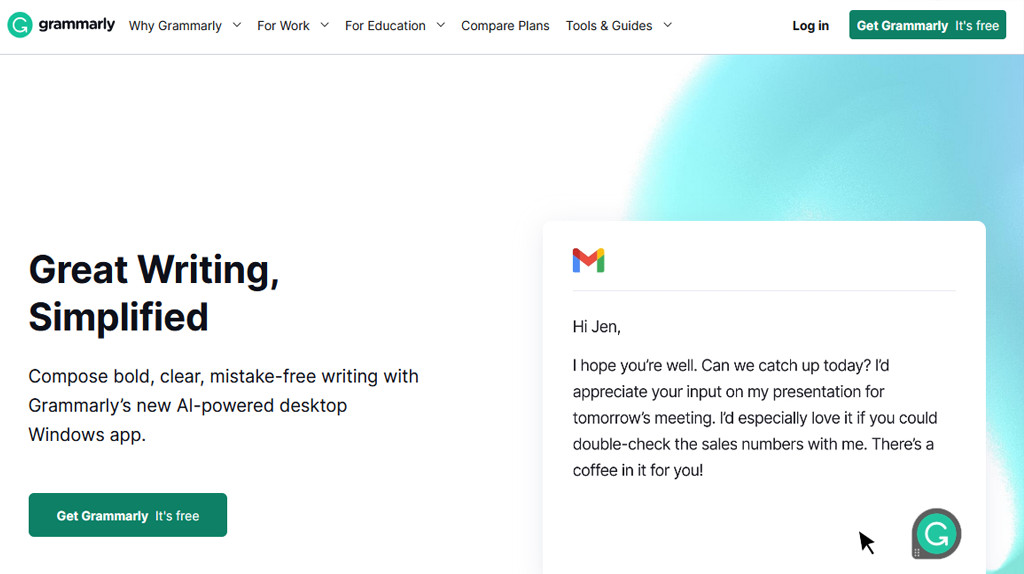
Flipboard, Feedly and Other Content Aggregators
Flipboard and Feedly are two of the most popular AI-powered content aggregators that offer personalized recommendations from a broad range of sources. These tools allow users to follow specific topics, publishers, or individual authors and curate them in one place.
Feedly
Feedly, for instance, uses machine learning algorithms to pull articles relevant to user interests from various online sources and organizes them into personalized feeds. Users can also share content through social media platforms directly from the app.
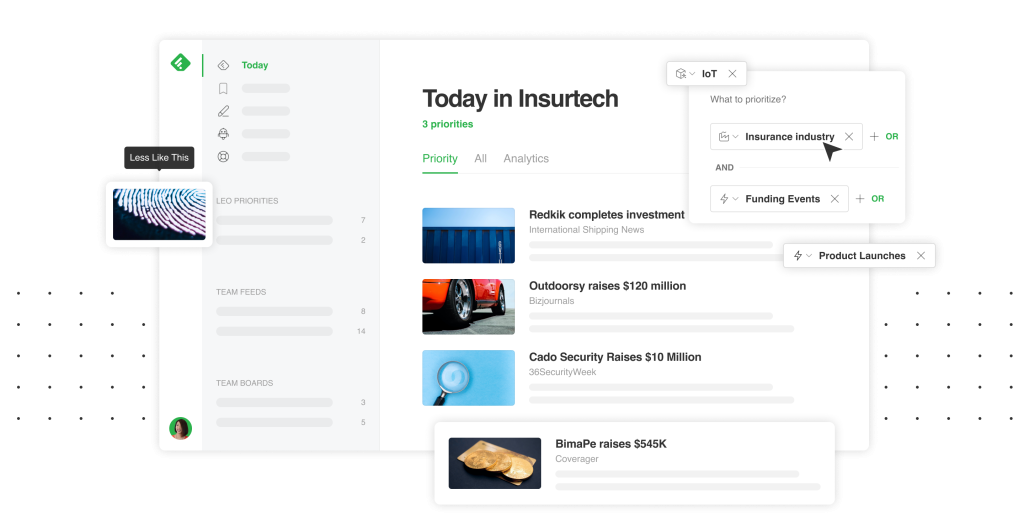
Flipboard is another AI-powered tool that provides an immersive experience for users by allowing them to swipe through their customized news and information feeds. It also offers features like curated magazines on different topics created by individuals or publishers.

The experience of using Flipboard or Feedly is similar to having a personal assistant who curates all your favorite content under one roof, saving you time and effort in finding relevant articles across different platforms.
Other content aggregators like News360 and Zest.ai also use machine learning algorithms to offer personalized recommendations based on user behavior. These tools analyze search history, article preferences, and other user attributes to predict what they might find interesting and recommend articles accordingly.
Despite several advantages, there are concerns regarding the accuracy of AI-powered recommendations and potential biases in content selection. Although these tools work towards providing relevant information, they may cause a “filter bubble.” In this situation, AI algorithms tend to suggest information that reinforces people’s current beliefs rather than exposing them to new perspectives or ideas. Therefore it’s crucial to combine human expertise with AI-powered tools for effective content curation.
Advantages of Using AI in Content Curation
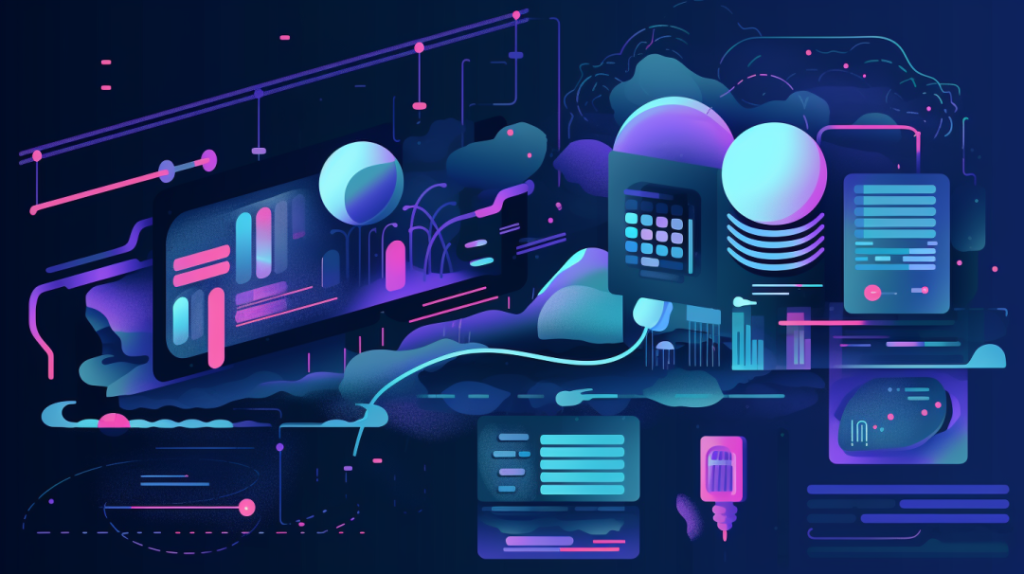
As the volume of content available online continues to grow, it becomes increasingly difficult to discern the most relevant and interesting pieces for your target audience. This is where AI-powered content curation tools come into play, offering various benefits that can help streamline and optimize your content discovery and distribution efforts.
Speed
One of the advantages of using AI in content curation is the speed with which it can digest large amounts of data. With machine learning algorithms and natural language processing, these tools can quickly sift through countless articles, videos, and other types of content to identify those most likely to be relevant to your audience. This helps you stay on top of the latest news and trends in your industry without wasting hours of valuable time sifting through irrelevant or outdated material.
Accuracy
Another advantage of using AI in content curation is increased accuracy. Unlike humans who are prone to biases or subjective views, machines do not introduce the same issues. When properly trained, these algorithms can evaluate articles based on their substance without biases resulting from external factors such as authorship or publication sources.
Speed and accuracy are two of On-Page AI‘s strongest points in content creation and optimization. In just seconds, it can create highly optimized and engaging articles using the Stealth Writer. Now, if you need to revise or completely rewrite content, the Stealth ReWriter can quickly tackle it for you.
Think about a librarian who knows their catalog inside out. They know exactly where an item should be shelved and how to retrieve it when needed. However, librarians are also human and occasionally make errors due to personal bias or a lack of attention. On the other hand, an AI-powered system continually improves its ability as it learns more from feedback loops and user interactions.
The use of AI in content curation also leads to better decision-making by empowering marketers to monitor trends and track engagement metrics related to specific pieces of content or topics over time. Opponents may argue that this could lead to an unacceptable degree of automation without any form of human intervention; however, proponents would counter that AI serves as a complement rather than a replacement for humans in the content curation process.
Now let’s explore some specific advantages of using AI in content curation, including improving efficiency, personalization, and expanding your reach.
Efficiency, Personalization, and Expanding Your Reach

Efficiency
One of the most tangible benefits of AI-powered content curation is improved efficiency. By automating many of the processes traditionally performed by humans, these tools can help marketers save time and focus their efforts on more important tasks.
For example, a marketer using an AI-powered content discovery tool can specify certain keywords or phrases that they want to be tracked or monitored. The system will then automatically identify new articles or other pieces of relevant content as they become available, eliminating the need for manual searches or scrolling through endless newsfeeds.
Another efficiency example is using On-Page.ai’s Topical Keyword Search tool. This intuitive feature shows you other crucial keywords that you can use in your content creation to further propel your rankings.
Personalization
Personalization is another key benefit of AI-driven content curation. Advanced algorithms enable these systems to analyze user data and predict user preferences based on prior behavior patterns. This means that they are better-equipped to suggest or recommend new content that will be of interest to users.
Machine learning-based recommendation systems work similarly to how streaming services such as Netflix provide personalized recommendations for shows and movies. Just as Netflix learns from viewing activity across different profiles, content curation tools can track and use data such as click-through rates, bounce rates, and time spent on pages to improve their predictions for future suggestions.
Some opponents argue that personalization through AI comes at the cost of tribalism since it prioritizes what we already like instead of exposing us to new diverse perspectives; However, proponents would argue that this can be countered via adding additional intentional diversity triggers into the model.
Expanded reach
These features can help businesses expand their reach by increasing engagement rates with previously difficult-to-reach target audiences. Additionally, by customizing campaigns around user interest areas and preferences brands are able to show that they understand their target audience, which goes a long way in building brand loyalty.
Now that we’ve explored the advantages of using AI, let’s look at some challenges businesses may face while implementing AI into their content curation practices.
Overcoming Challenges in AI-Driven Content Curation

Undoubtedly, AI-powered tools can streamline the content curation process and ensure that relevant information is served to audiences with precision. Nonetheless, like every technological innovation, there are inherent shortcomings that need to be addressed. Below are some ways that we can overcome challenges in AI-driven content curation:
Striking a Balance Between Automation and Human Oversight:
As much as automation can enhance the effectiveness and efficiency of content curation, it shouldn’t entirely replace human oversight. During the content curation process, there may be instances when algorithms present biased or irrelevant stories. In such cases, humans should step in to invalidate the suggestions made by the tool. While this may be time-consuming, it ensures that only high-quality content reaches audiences.
Providing More Context:
One of the drawbacks of AI-powered tools for content curation is limiting context. On most platforms, viewers are presented with a summary and title for each article. However, even though an article may have relevance to a particular topic or interest area, it doesn’t mean it’s suitable for a specific audience or context. Therefore there needs to be more effort in providing extra context before delivering material from these tools.
Think of Content Curators as Surgeons:
Just as surgeons opt to follow their intuition instead of relying solely on robotic machines while performing surgeries, curators should use these tools as complementary rather than replacements to humans’ roles in analysing and assessing content.
Incorporating User Feedback:
AI-powered tools for content curation rely on machine learning techniques such as natural language processing and sentiment analysis. Even though they’re advanced, they still don’t have human-like intuition or reasonings. To overcome this gap between humans’ ways of thinking and AI tools’ limitations, incorporating user feedback can be instrumental in fostering more effective search results.
Addressing Bias and Maintaining Human Oversight
AI tools have long been a topic of discussion in both the tech and supplier sectors, with many having raised concerns over bias. Below are some ways AI tools’ programmers can address bias and how humans can play their role in maintaining human oversight:
Diversifying Data Sources:
One of the leading reasons why AI-powered content curation tools often present biased data is because they rely on vast quantities of data from a limited number of sources. Diversifying data sources can help mitigate this problem, ensuring that everything these algorithms curate is unbiased.
The Need for Human Oversight:
As earlier pointed out, the issue of bias and lack of context makes it necessary not to let go of human oversight while using these tools. Even though AI-powered content curation saves time, curated content requires that human professionals assess each piece for relevance, accessibility, and accuracy before presenting them to their intended audience.
Algorithms Must Be More Transparent:
The lack of transparency in algorithms’ decision-making processes is another significant concern when it comes to addressing bias in AI-driven content curation. To tackle this issue, more transparency must be incorporated into these algorithms so that machine learning leads are visible to professionals assessing content within the tool’s database.
Think of a recipe that has been improved over time. Just as chefs have had time to improve their recipes over the years and after several attempts at getting certain tastes just right. Programming teams can likewise take valuable feedback from users to hone AI-powered curation based on user preferences and biases for better output.
Like anything in this world, there are pros and cons. But clearly, implementing AI-driven tools like On-Page.ai has more advantages than disadvantages when it comes to content creation and curation.
If you’re on the hunt for the best AI content tools to accelerate your content efforts, look no further, and let’s get you started. Sign up today!

